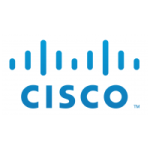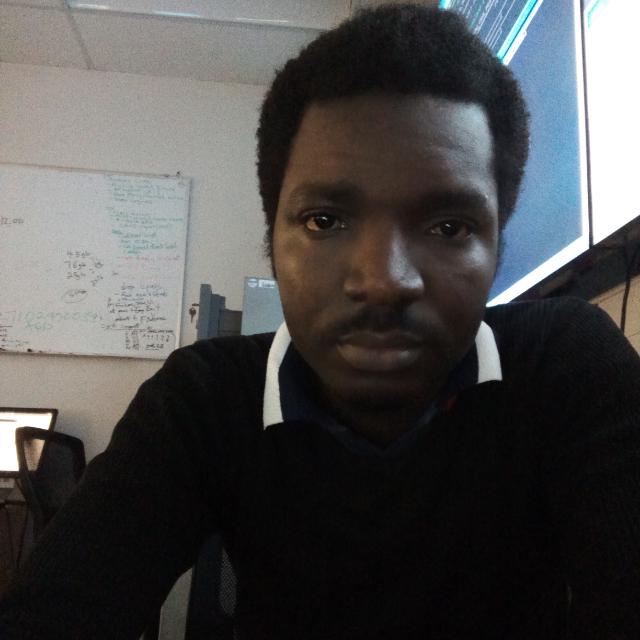ADVANCED CONTACT CENTER EXPRESS SCRIPTING LABS (ACCXSL)
Course Overview
Advanced Contact Center Express Scripting Labs v11.0 (ACCXSL) is a 5-day instructor-led, lab-intensive course intended for experienced Unified Contact Center Express (CCX) administrators who need in-depth knowledge advanced scripting techniques using complex script steps to resolve sophisticated contact center requirements. This course addresses the steps in the Script Editor pallet as well as scripting techniques involving databases, HTTP, XML, VXML, Java Objects, and Finesse Administration. This course is intended to be a follow-on course to UCCX, and completely replaces the outdated Unified Contact Center Advanced v1.0 class. ACCXSL introduces updated best practices, sophisticated steps, and modern concepts for deploying advanced contact center applications and techniques. The class utilizes Cisco Unified Contact Center Express v11.0 and highlights new application features and services. Sunset Learning has deployed Unified CCX labs on the latest UCS platforms using VMWare ESXi and vSphere technology. After a short review of Unified CCX architecture, basic administration and the Script Editor, the course begins with a discussion of new and changed features in UCCX. Next we provision our first application to build familiarity with call control groups, dialog groups, applications, triggers, prompt management, and the script editor. The class will then address the creation of a basic contact center to refresh knowledge of call flow, agents, teams, Cisco Finesse Agent and Supervisor Desktop, Email and Chat Contact Service Queues, and other new capabilities offered by UCCX. Every contact center needs a series of tools to help build scripts and applications. The class will build tools to record prompts and to record and deploy emergency/status prompts. Next students will build some common subflows to manage holidays using multiple techniques. Default scripts will be built for caller troubles and system errors. Students will experience using text-to-speech as a valuable development tool to substitute for prompts while creating scripts. Next the class will explore manipulating and speaking data, working with date and time variables and manipulating and speaking dates, time and data. Students will create open/closed scripts used for manually opening and closing your contact center using XML documents and the new abbreviated X-path techniques. Students will learn to manipulate languages using the language tools in the script editor. For the rest of the week the class will conduct a master project and will build a major contact center application, deploying database routing, skills-based routing, expected wait time subflows, and caller’s position in queue subflows. The labs will consider what happens when agents are logged in and ready. If agents are not ready the class will investigate how to use various overflow routing techniques. Students will spend lab time using the Cisco Finesse Administrator to develop Workflows and Workflow Actions. The Finesse Administrator’s Call Variable Layout Administration, newly capable in v11.0, will be used to create applications that push data to the agent desktop and cause the agent desktop to react to that data. There are optional desktop labs for those who wish extend their learning experience.

Course Objectives
Course Prequisites
Target Audience
To fully benefit from this course, students should have the following prerequisite skills and knowledge:
- UCCX course or equivalent knowledge
- Some UCCX additional field experience
Course Outline
Module 1: Overview
- Lesson 1: Review of Unified CCX Architecture, Components, Call Flow, Administration, Script Editor
- Lesson 2: New/Changed Features in Unified Contact Center Express v11.0
- Lesson 3: Provisioning an Application
- Lesson 4: Using the Script Editor
- Lesson 5: Creating a Basic Contact Center Application
Module 2: CCX Application Development Tools and Techniques
- Lesson 1: Recording Prompts
- Lesson 2: Emergency/Status Recording
- Lesson 3: Creating Holiday Subflows
- Lesson 4: Creating Default Scripts
- Lesson 5: Manipulating and Speaking Data
- Lesson 6: Manipulating Dates and Times
- Lesson 7: Manipulating Languages
- Lesson 8: Creating Open and Closed State Scripts
Module 3: Help Desk Labs
- Lesson 1: Creating a Help Desk Script
- Lesson 2: Implementing Best Contact Center Practices
- Lesson 3: Implementing Expected Wait Time Techniques
- Lesson 4: Implementing Position in Queue Techniques
- Lesson 5: Implementing Overflow Routing Techniques
Module 4: Finesse Applications
- Lesson 1: Manage Finesse Desktops and Teams
- Lesson 2: Implementing CM-Based Call Recording
- Lesson 3: Using Finesse 3rd Party Gadgets
- Lesson 4: Finesse Web Chat and Agent Email
Module 5: Caller Callback Techniques
- Lesson 1: Scripting for Caller Callback when Contact Center is Less busy
- Lesson 2: Scripting for Session Management and Using Finesse Call Variable Layouts
- Lesson 2: Scripting for Caller Callback – Scheduled by Caller
- Lesson 3: Scripting for Web-originated Callbacks
Module 6: Premium Applications
- Lesson 1: ASR/TTS Technology
- Lesson 2: XML Techniques
- Lesson 3: Java Objects
- Lesson 4: Using Auto Attendant
- Lesson 5: Outbound Preview Dialing
Module 7: Example Optional Advanced Techniques
- Lesson 1: Using ASR/TTS in Script Applications
- Lesson 2: Using XML Techniques
LABS: Module 1: Overview
- Lab 1-1 Provision Your First Application
- Lab 1-2 Using the CCX Script Editor
- Lab 1-3: Create a Basic Contact Center Application
Module 2: Application Development Tools and Techniques
- Lab 2-1: Recording Prompts
- Lab 2-2: Add Emergency/Status Recordings
- Lab 2-3: Create Holiday Subflows
- Lab 2-4: Create Default Scripts
- Lab 2-5: Manipulate and Speak Data
- Lab 2-6: Manipulate Dates and Time
- Lab 2-7: Manipulate Languages
- Lab 2-8: Create Open/Closed State Script
Module 3: Help Desk Labs
- Lab 3-1: Create a Help Desk Script
- Lab 3-2: Implement Best Contact Center Practices
- Lab 3-3: Implement Expected Wait Time
- Lab 3-4: Implement Position In Queue Techniques
- Lab 3-5: Implement Overflow Routing Techniques
Module 4: Finesse Applications
- Lab 4-1: Manage Finesse Desktops, Teams
- Lab 4-2: Implementing Unified CM – Based MediaSense Call Recording
- Lab 4-3: Using Finesse 3rd Party Gadgets
- Lab 4-4: Configuring Finesse Web Chat and Agent Email
Module 5: Caller Callback Techniques
- Lab 5-1: Implement Caller Callback – When Contact Center is Less Busy
- Lab 5-2: Implement Session Management and Finesse Call Variable Layouts for Callback
- Lab 5-3: Implement Caller Callback – Scheduled
- Lab 5-4: Implement Web-originated Callbacks
Module 7: Additional Application Techniques
- Lab 7-1: Using ASR/TTS in Script Applications
- Lab 7-2: Implement XML Techniques
What Our Students Have to Say


